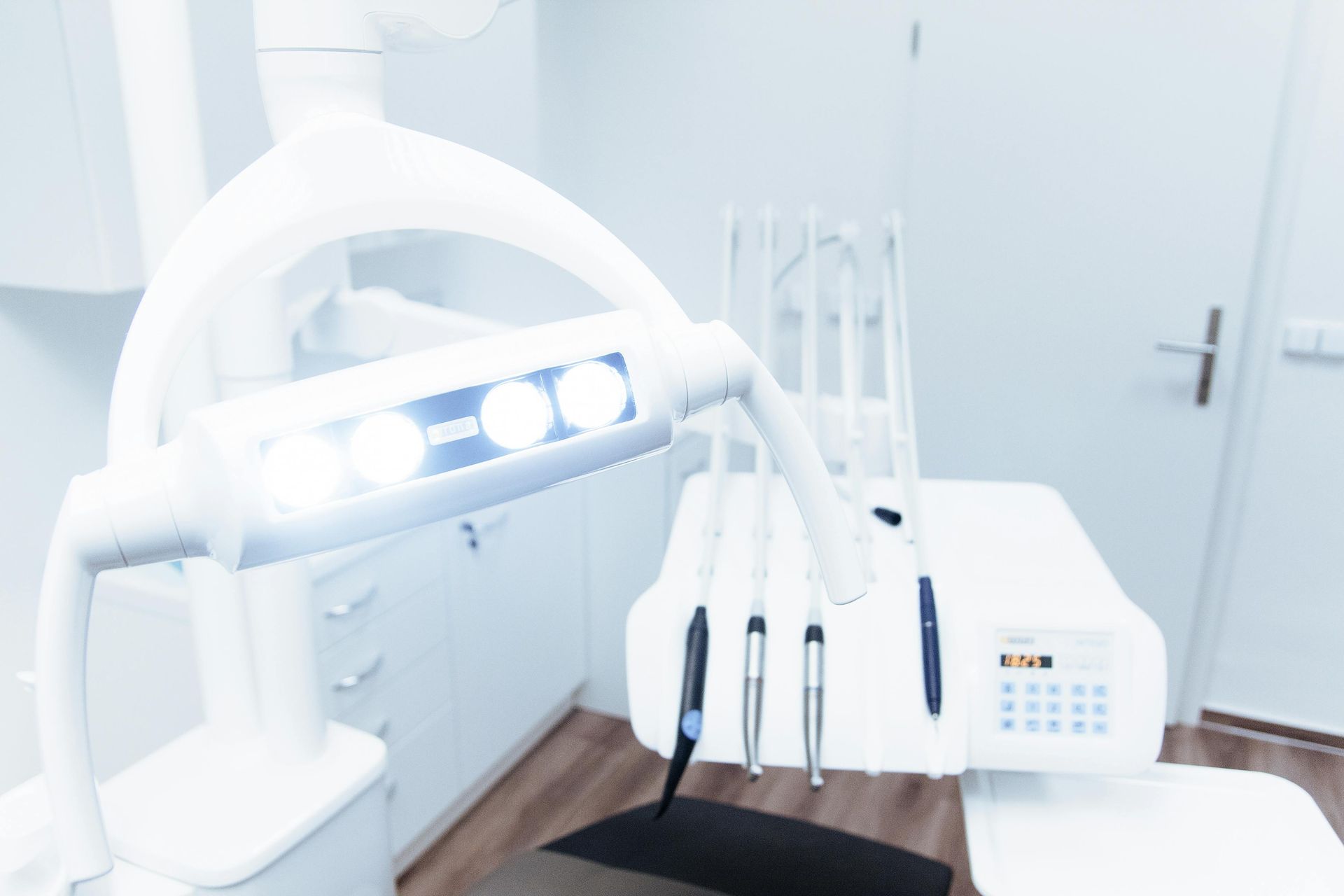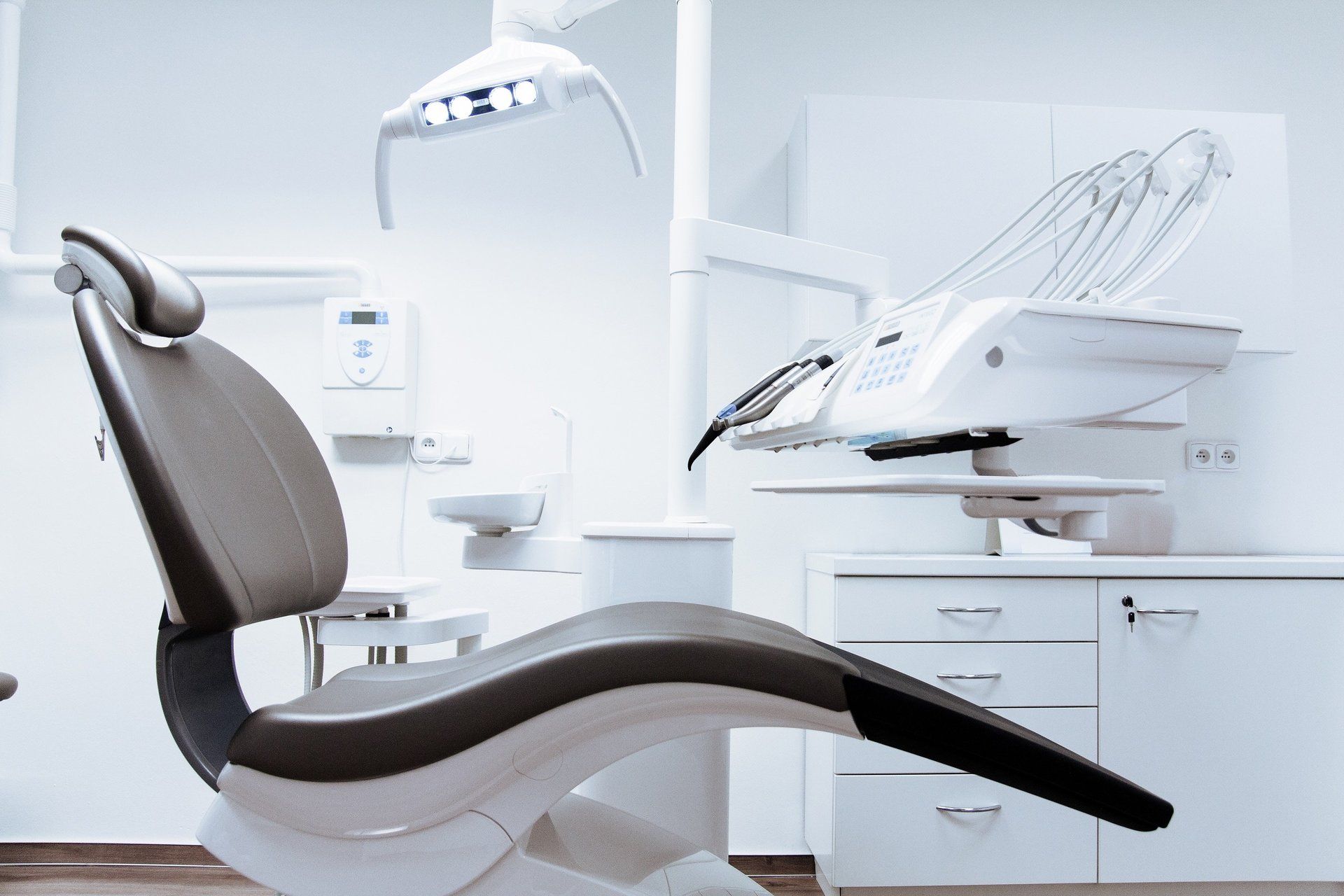Healthy Gums: The Foundation of a Beautiful Smile

When it comes to oral health, teeth often get all the attention—but your gums are just as important. Healthy gums are the foundation of a strong, beautiful smile. They protect your teeth, support your jawbone, and even influence your overall health. Understanding how to care for your gums can help you prevent problems before they start.
Why Gum Health Matters
Your gums are made of soft tissue that holds your teeth securely in place and acts as a barrier against bacteria. When plaque—a sticky film of bacteria—builds up along the gumline, it can cause inflammation known as gingivitis. Left untreated, gingivitis can progress to periodontitis, a more serious form of gum disease that can lead to tooth loss and bone damage.
But the effects of gum disease don’t stop at your mouth. Research has linked periodontal disease to other health conditions such as diabetes, heart disease, and stroke. Keeping your gums healthy supports not just your smile but your whole body.
Signs of Unhealthy Gums
Healthy gums are firm, pink, and don’t bleed easily. If you notice bleeding when brushing or flossing, persistent bad breath, swollen or receding gums, or loose teeth, it’s time to schedule an appointment with your dentist. These may be early signs of gum disease—and early intervention can make all the difference.
Tips for Maintaining Healthy Gums
- Brush twice daily: Use a soft-bristled toothbrush and fluoride toothpaste. Be gentle—aggressive brushing can irritate gum tissue.
- Floss every day: Flossing removes plaque and food particles between teeth where your toothbrush can’t reach.
- Rinse with mouthwash: Antibacterial mouthwash can reduce plaque and prevent gum inflammation.
- Eat a balanced diet: Nutrient-rich foods, especially those high in vitamin C and calcium, strengthen gum tissue.
- Avoid tobacco: Smoking and chewing tobacco significantly increase the risk of gum disease.
- See your dentist regularly: Professional cleanings and checkups are key to catching issues early and keeping your gums in top shape.
The Bottom Line
Your gums are the unsung heroes of your smile. By practicing good oral hygiene and visiting your dentist regularly, you can prevent gum disease, preserve your teeth, and protect your overall health. Healthy gums don’t just support your smile—they help it shine.










